What is Csrss.exe?
Csrss.exe is originally an important part of Windows but often causes PC problems.
It is a Client Server Runtime Process which is often located in the C:\Windows\System32 folder. Same to other Windows core system files, it
is not visible but trustworthy.
What
Makes Csrss.exe
A Virus?
The csrss.exe file is a safe Microsoft Windows
system file. However, some authors of the malware programs (viruses, worms, Trojans,
etc.) will change the malware names to csrss.exe so as to bypass the detection.
Those malware are often Trojan-Proxy.Win32.Agent.kj or rojan-Downloader.MSIL.Agent.pg.
To check whether your csrss.exe is safe or not, please click here to run a free scan.
Commonly, when this file is not located in the
C:\Windows\System32 folder, you should be alert because it is a treat that
causes high risk problems. If you are sure that you get malware (virus) in your
PC, you can follow the steps below to remove it.
Here is a Removal Video for the Similar Issue. Please Watch it For Reference.
Best Way to Remove Csrss.exe Virus Step by Step
Firstly, please restart your computer and before Windows interface loads, hit F8 key repeatedly. Choose “Safe Mode with Networking” option, and then press Enter key. System will load files and then get to the desktop in needed option.

Step 1: Launch Windows Task Manager by pressing keys Ctrl+Alt+Del or Ctrl+Shift+Esc, search for Csrss.exe Virus processes and right-click to end them.
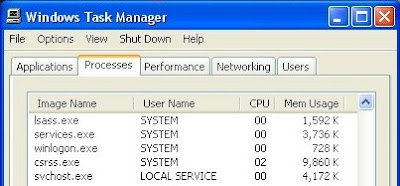
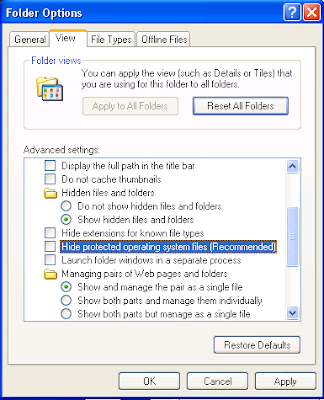
%AppData%\<random>.exe
%CommonAppData%\<random>.exe
C:\Program Files
C:\Documents and Settings
Step 4: Open Registry Editor by pressing Windows+R keys, type regedit in Run box and click “OK” to proceed. When Registry Editor is open, search and get rid of all the malicious registry entries:
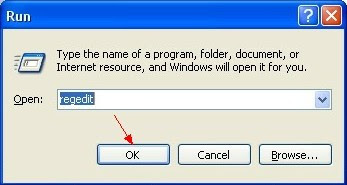
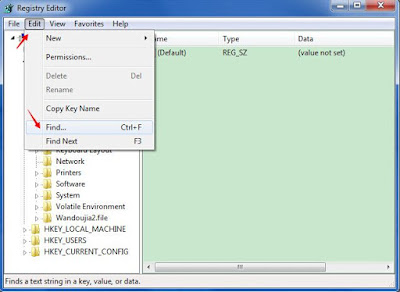

Thirdly, reboot the computer normally to check whether the virus is completely removed or not.
Automatically Remove Csrss.exe Virus with SpyHunter
Note: SpyHunter has the ability to detect and remove rootkits, which are used to stealth install rogue anti-spyware programs and other trojans. It is designed to assist the average computer user in protecting their PC from malicious threats. Maybe the inexperience users can get help from it. If you find it hard to remove with the manual removal instruction, you can also use this automatic removal tool.
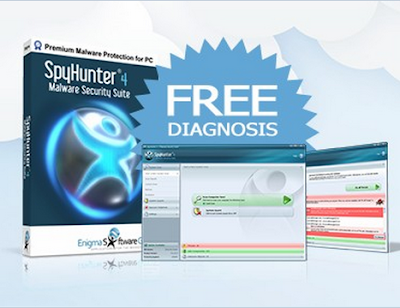
SpyHunter's free scanner is for malware detection. You have the choice of buying SpyHunter for malware removal. Here are some install procedures for it. You can read it for reference.
Step 1: After finishing downloading, click Run to install SpyHunter step by step.
Step 2: After finishing installing, SpyHunter will scan and diagnose your entire system automatically.
Step 3: As the scanning is complete, all detected threats will be listed out. Then, you can click on “Fix Threats” to remove all of the threats found in your system.

Good to know:
1 comment:
SpyHunter very nice
Post a Comment